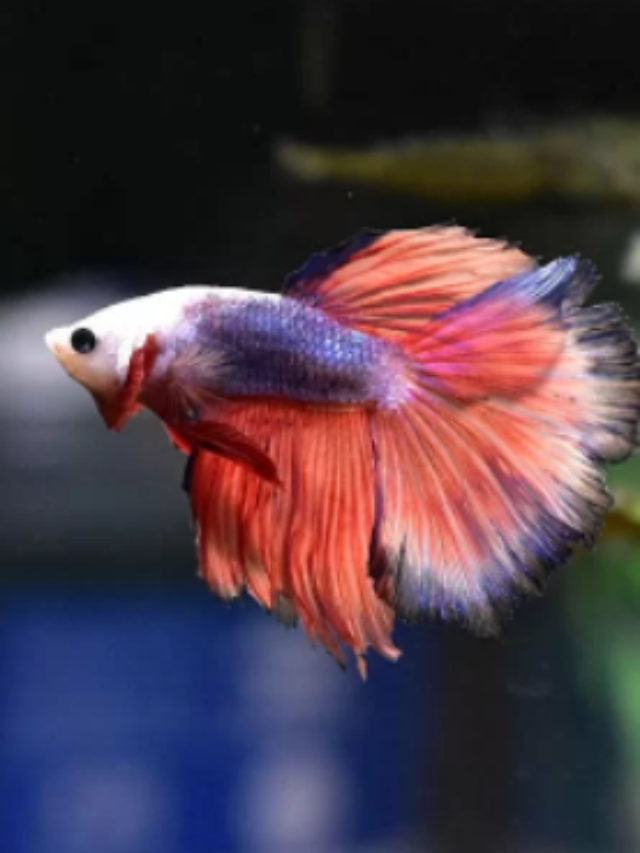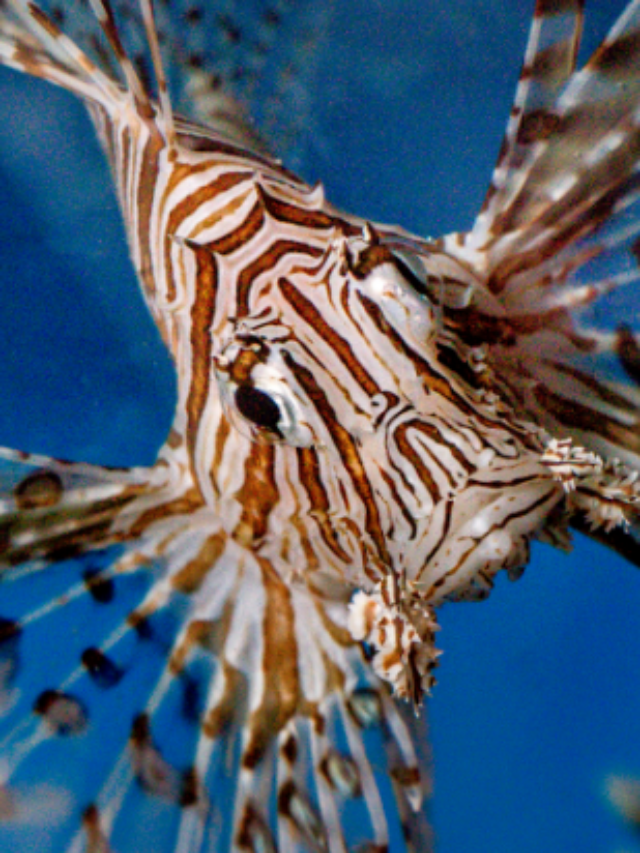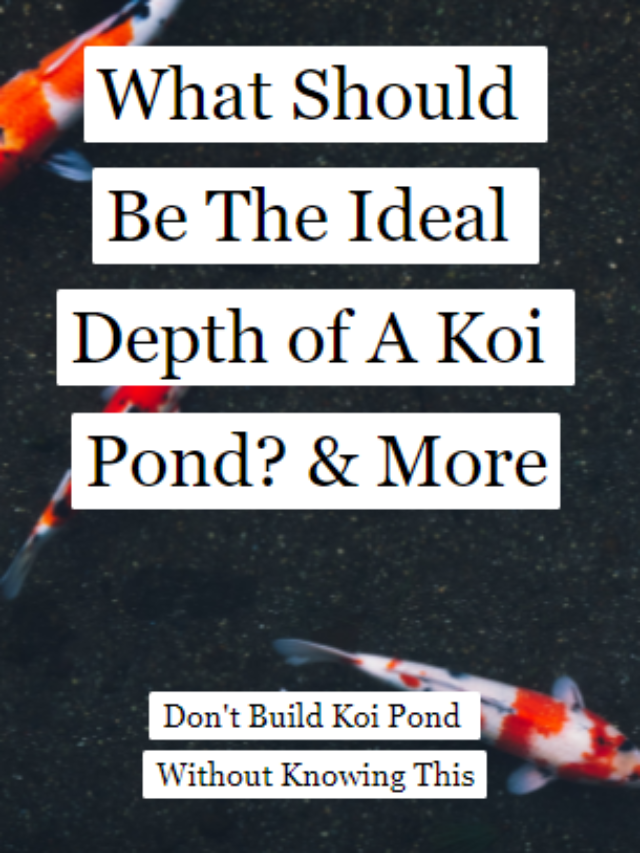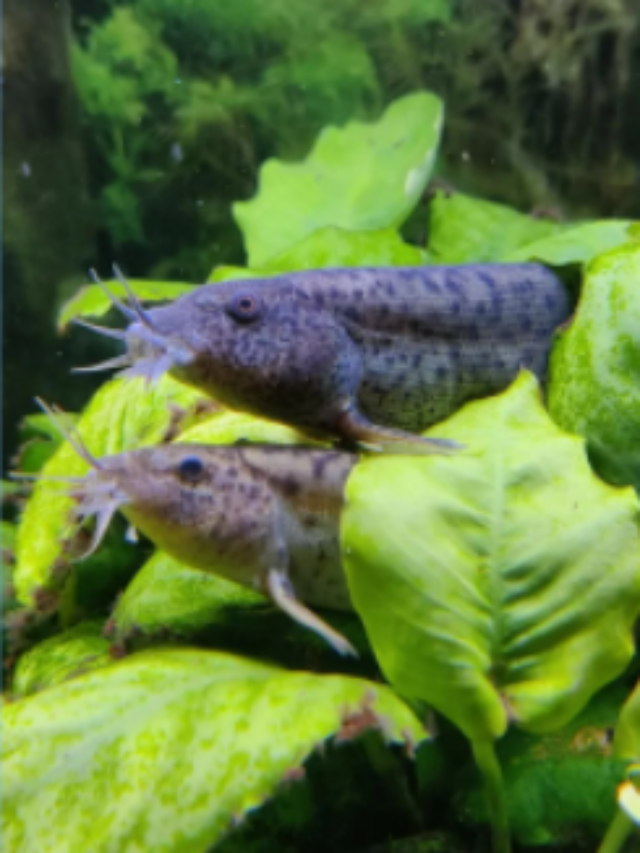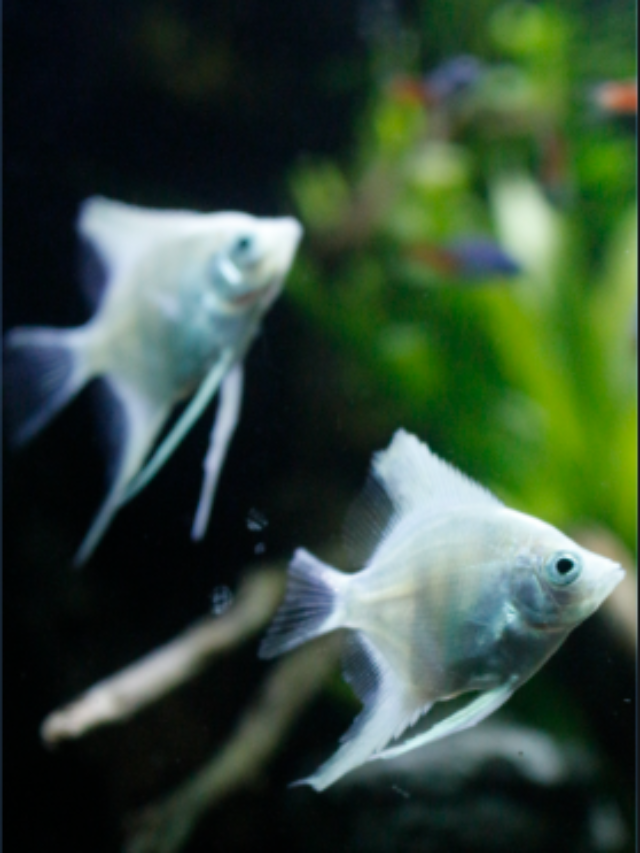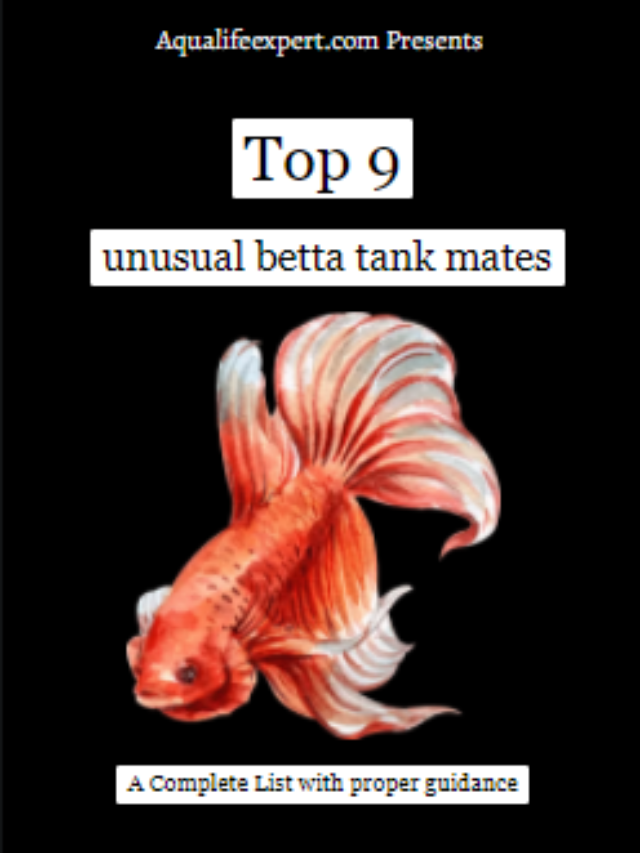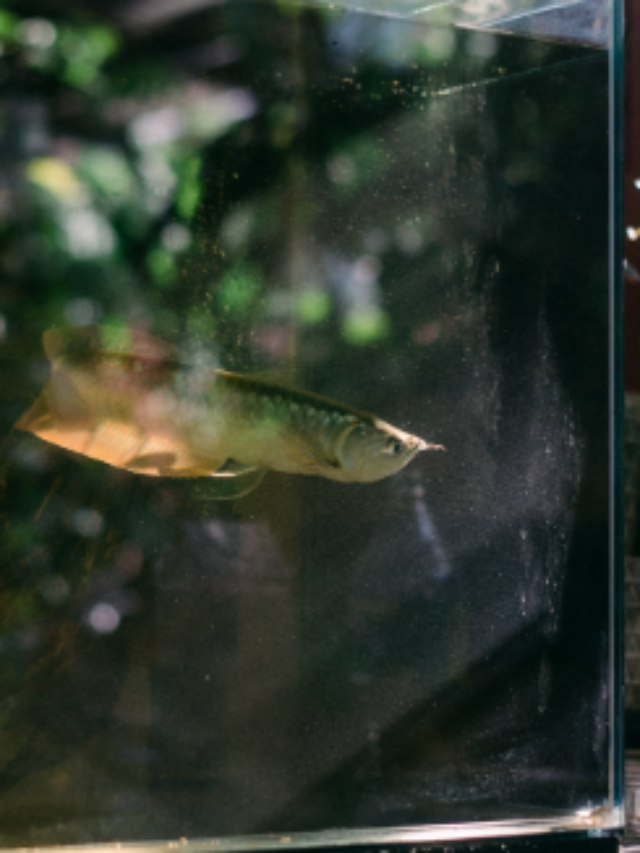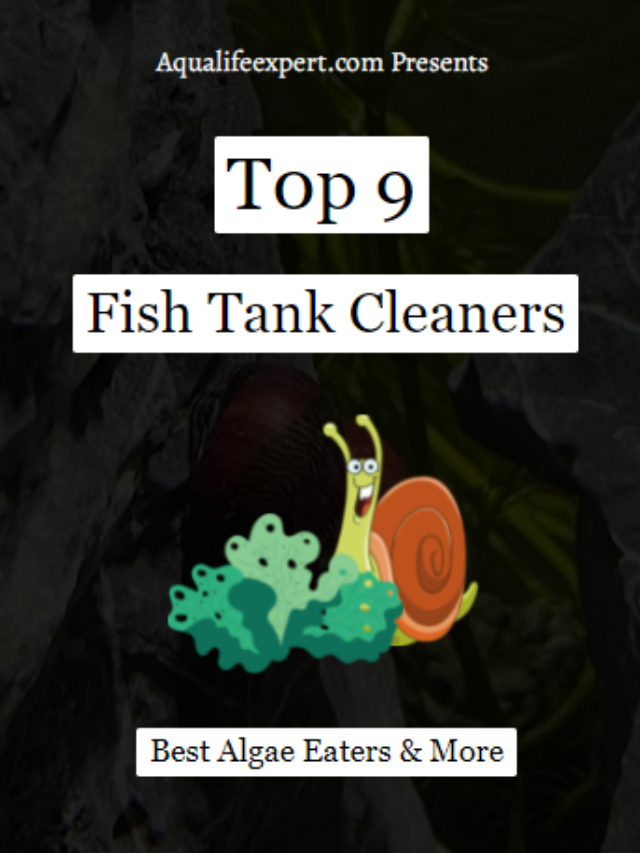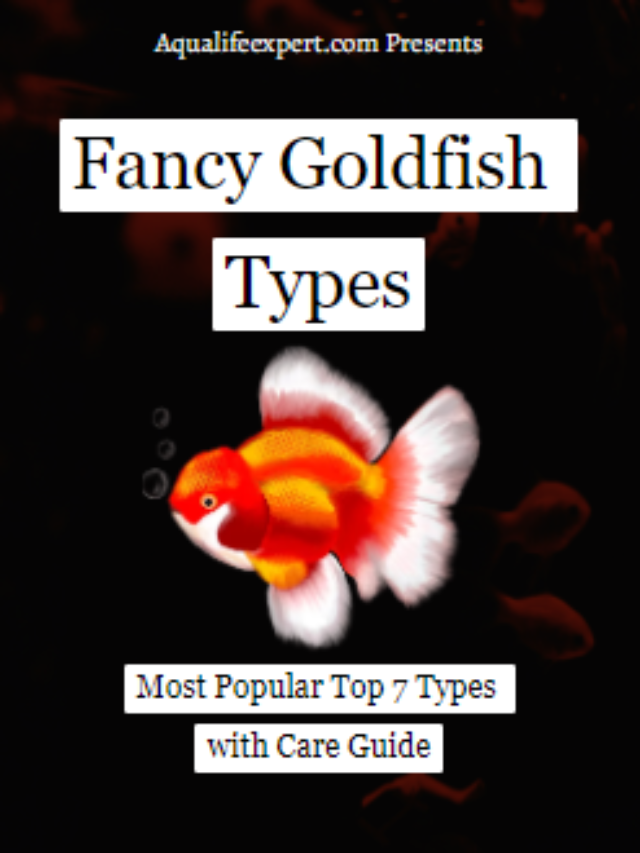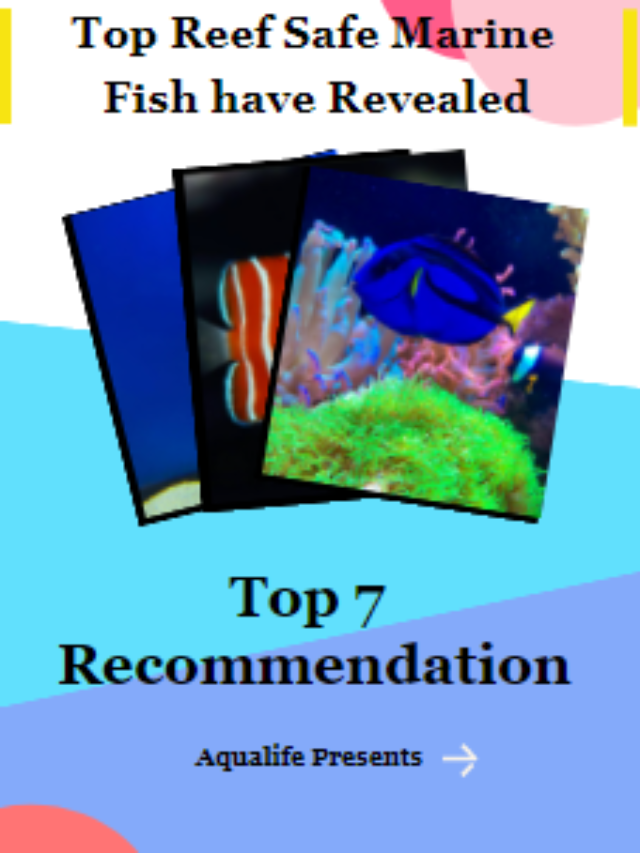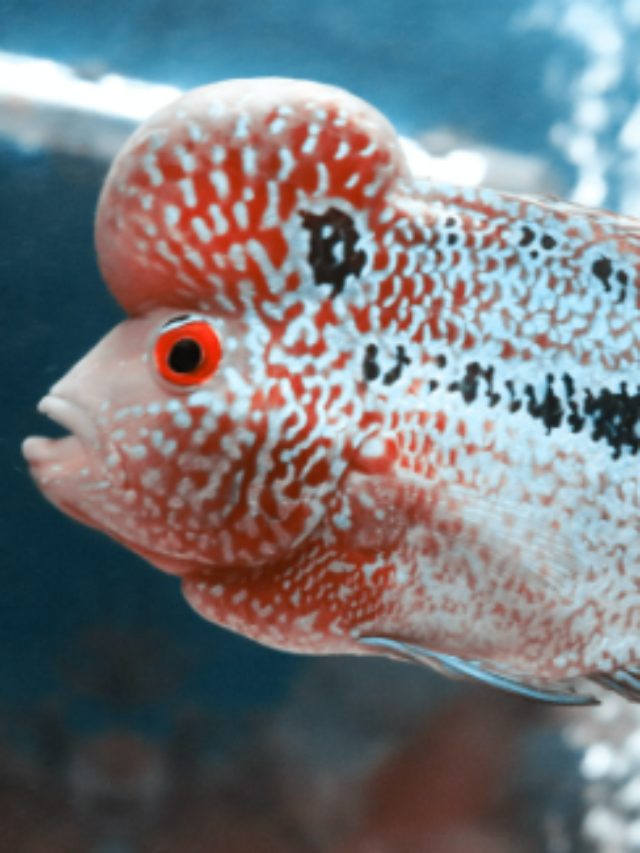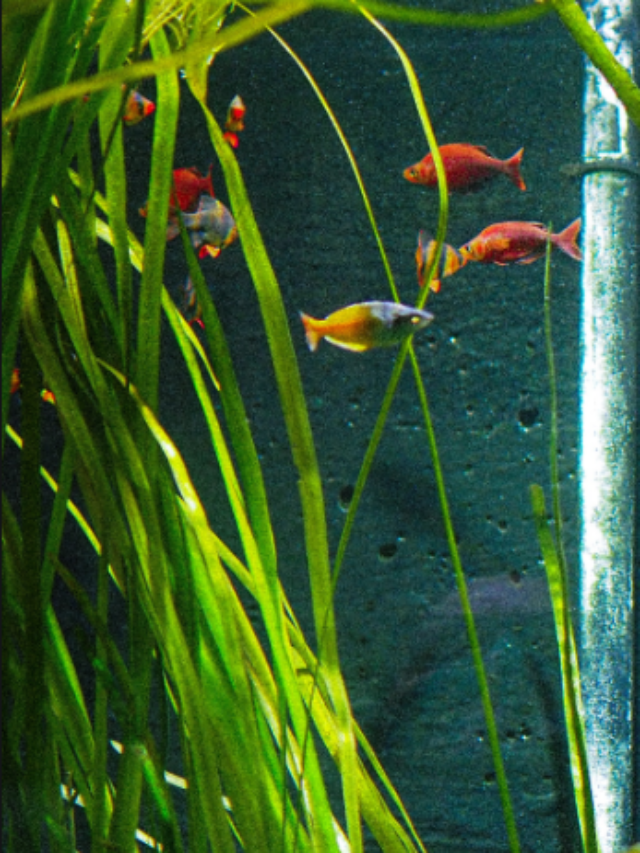Are Anemones Really HARD to Keep? Expert’s Opinions
Check Our Quick Stories
For reefers, the anemones are one of the best additions in a reef tank all the time. However, anemones are classed as very hard to keep. Actually, this is true. Lots of experienced reefers struggle sometimes to keep different types of anemones.
Most of the anemones require meaty foods, strong lights and water flow to keep. Bubble tip anemones are considered the hardiest. It requires high-intensity light (10 hours/day). Sebae and carpet anemones are comparatively much harder to keep. However, beginners can start with flower rock anemones too.
This couple of lines may give you a brief idea about the anemones. However, if you want to keep anemones then you must know the comprehensive ideas about different types of anemones. So let’s dive deep into the topic.
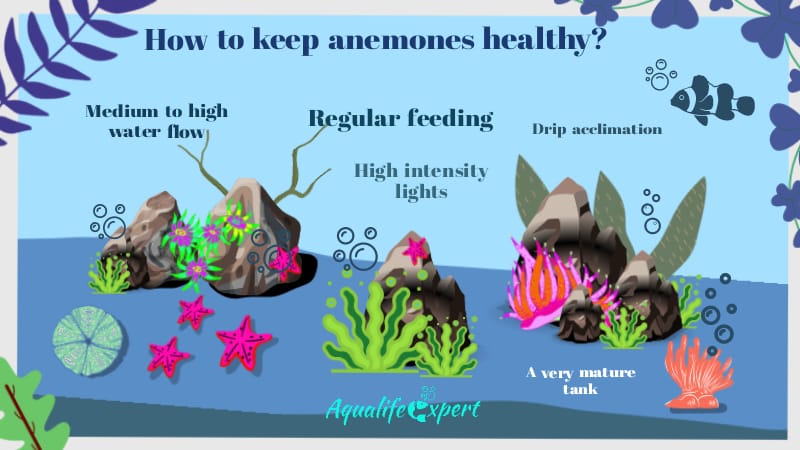
Why anemones are considered hard to keep?
Actually, anemones are hard to keep for those reefers who don’t know the three rules of thumbs to keep them. If you are just starting then you can do well enough if you maintain these three rules. These three rules are
- Anemones require a very mature and established tank that must have excellent water quality,
- Anemones require regular foods. As most of the anemones are carnivores so it requires meaty foods and a high level of water flow
- Strong or medium intensity lights are a must for anemones to do photosynthesis as these contain zooxanthellae and/or zoochlorella, a type of algae. Anemones may live without lights however, those algae will die due to lack of light and anemones may lose their coloration.
You must keep in mind these three thumb rules. You can consider these thumb rules as general guidelines to keep every anemone. However, you must know this in detail.
Are bubble tip anemones difficult to keep?
Generally, bubble tip anemones are not so much harder to keep than other types of anemones. Other anemones require high-intensity lights but bubble tip anemones can remain healthy enough in medium intensity light also. However, drip acclimation is required to introduce it in a new reef tank.
Make sure that minimum you provide 175 watts metal halide light for bubble tip anemones. Metal halide lights are not mandatory to use however if you have other types of anemones in the reef tank then it’s better to hand metal halide lights because of their bigger PAR. make sure that the vertical distance between tank and light is a minimum of 8 inches long.
Bubble tip anemones are much easier to keep because their tentacles are much less poisonous than other anemones. So its sting is not very powerful. However, you must provide spaces to keep it in a well-matured tank.
Are Mangifera (Ritteri) anemones difficult to keep?
Mangifera anemones are leveled as very hard to keep because of their high mortality rate. Most of the ritteris get damaged while shipping and die off. After surviving the break-in period ritteris require high water flow, regular foods and high light intensity. Otherwise, it may fail to thrive in a reef tank.
Ritteris are very expensive. It is expensive because of its sophisticated nature. It is called very bad shippers because 50% of ritteris die while shipping. Not only that, but lots of ritteris die in the break-in period also. So it is very hard to keep.
Ritteris require high water flows and medium intensity of light. If you hang on a high-power light then it may bleach so quickly. However, you must acclimate the ritteri well. Drip acclimation is the most recommended process of acclimating Mangifera anemones.
You have to remember that ritteris are poisonous and you can get its sting also. So reefers must be careful of it.
Are sebae anemones difficult to keep?
Sebae are another common type of anemones. Sebae anemones are hard to keep but not as hard as Mangifera anemones. It requires proper care such as regular feeding and medium water flow. These anemones require a deep sand bed to keep. It requires a lot of space to thrive. Its captivity nature makes it more difficult to keep these anemones.
Crispa and malu are two types of Sebae anemones. You can keep these anemones if you have a large reef tank (minimum 50-gallon). Both of these Sebae anemones require a 4-8 inches deep sand bed. Otherwise, it will die in the break-in period.
These types of anemones are also bad shippers and it releases the zooxanthellae algae that help these anemones to get food. It is called bleaching. Due to bleaching sebae anemones become colourless. However, proper care can bring back zooxanthellae to these anemones again.
Sebae anemones are venomous and can attack even the reefer. So you must be careful while keeping it in your reef tank. Moreover, due to small tissue damage, sebae anemone can perish. So it is not recommended to do anything forcefully with it.
Are carpet anemones difficult to keep?
Carpet anemones are generally three types. These are haddoni, gigantea and mertensii. Carpet anemones are not easy to keep because of their size and requirements. It requires regular meaty foods, high water flow and a stable tank. However, gigantea carpet anemones love high water flow and haddoni is completely the opposite of it. Not only that, but carpet anemones can kill anything by stinging.
According to experts, carpet anemones should not be kept in the garden reef tank. As this is not tank mate friendly so it may kill and sting all the animals in the tank.
A reefer must provide lots of space to keep these anemones. A minimum of 125-gallon is required to keep gigantea carpet anemones. Its diameter is approximately 1 meter in length. So lots of space is required.
It requires a very stable tank otherwise it may be aggressive and start dying gradually. So, new reefers should not purchase these anemones for the first time. Carpet anemones are motile and these can attack even corals too.
In spite of all of these, you must check whether the carpet anemones are healthy enough or not. Lots of reefers make mistakes and purchase a stressed carpet anemone. So it becomes more difficult to keep. You must remember carpet anemones are very sticky in nature and react after having food. If you are missing these it means your carpet anemone is stressed and may die after a while.
The mortality rate of carpet anemones is more than 90% within the first year in a reef tank. So it is recommended to develop a tank for keeping carpet anemones only. Otherwise, lots of money may be wasted just because of it.
Are flower rock anemones difficult to keep?
Flower rock anemone is very hardy and easy to keep. New reefers can start with flower anemones easily because they move less than other anemones. It requires low to medium water flow and comparatively less amount of food. However, a very stable reef tank is mandatory to keep flower rock anemones.
Among all the sea anemones in the world, the flower rock anemones are considered easiest for reefers. It likes a rocky substrate. You can place flower rock anemones at a certain place in the tank. If it feels uncomfortable then it will definitely start moving. Here the uncomfortable condition of anemones means it is not getting sufficient lights and food. It is not recommended to keep a flower rock anemone in a sand base.
It will end up moving in conjunction with rocks and substrate where it likes the most. It is comfortable with silverside. It prefers low to medium water flow and medium lights. You can use 150 wattage metal halide lights to keep flower rock anemones. You must acclimate this anemone well. Drip acclimation is the most suitable way to acclimate in the mother reef tank.
Read more:- Effects of low or high lights on reef tank: A Comprehensive guideline
| Note:- Break in period is such a time frame when the adaptation of anemones occurs with the new environment (reef tank). Most of the anemones die off in this period because of the unsuitable reef tank condition for them. |
How to keep my anemone healthy?
To keep healthy, primarily anemones require a minimum of 6 months old stable reef tank. Water quality must be stable enough with zero ammonia, phosphate and nitrites. Regular feeding with strong light (150-250 watt) is required for any type of anemones. Besides this, the tank must have sufficient water flow.
It means if you want to keep your anemones happy and healthy then you must check some external parameters. These parameters are mandatory. It is because most of the anemones require an advanced level of reef-keeping experience.
-
A stable fish tank
The stable fish tank is a must because most of the anemones are very sensitive and sophisticated in nature. So if your water parameters fluctuate frequently then it will not be a suitable reef tank condition for them. It will provide lots of stress and ultimately it will start dying off gradually within the break-in period. Any kind of detritus, excessive food waste algae are not tolerable here.
-
Fixed and suitable water parameters
As a reefer, you must check water parameters daily. A little bit of change or fluctuations is not acceptable here. Ammonia, phosphate and nitrate levels must be zero approximately. pH and alkalinity levels must be based on anemones types. However, more than 8, pH is preferable and the temperature must be 27°C. The KH value should be approximately 9.
-
High-intensity lighting requirements
The wattage of lights must be chosen according to the types of anemones. To keep bubble tip anemones, reefers don’t need to provide high wattage. 150 wattage may be enough. However, for carpet anemones, high wattage is the most recommended just because of its aggressive & sensitive nature.
Metal halide lights are not a recommended choice for it because some anemones thrive well under other lights too. However, make sure that the intensity of the lights is not too strong or too dim. Otherwise, it will start bleaching or browning depending upon the type.
-
Healthy meaty foods are required
Anemones are required to feed daily. It’s not like fishkeeping. These are very sensitive to foods. If you put a gap of giving foods, it will become aggressive. However, it depends on the species. Shrimp and mollusk flesh are the most recommended food for anemones. Some aquarists do not prefer silversides to provide anemones as food. Krills and mysis are also good food choices for anemones.
-
High or medium water flows
Water flows are highly recommended for anemones. So if you want to keep anemones then it must be a dedicated tank where the aquatic animals and plants love high or medium current. Two pumps with powerheads are required from opposite directions. However, you have to make sure about its mouth. The water flow should not be directly on anemones.
-
A solid deep or hard rocky base
To keep anemones you must build a deep sand base. However, it depends on the species. For sebae anemones, a 4-8 inches deep sand base is recommended. When it gets a proper sand base then it stops crawling. For carpet anemones, the rocky and hard boomie is the most recommended. A boomie is a type of very small isolated island in a reef tank that is made of rock only. Boomie helps to prevent attacks of anemones on corals.
Now I’ll discuss some common questions that you should know if you are just going to purchase an anemone. Let’s get started.
Read more:- Various types of pods in reef tank: With nutrition values
What are the best anemones for a reef tank?
For beginners, bubble tip and flower anemones are the best. However, experienced reefers can keep carpet anemones. No anemone is suitable for a garden reef tank. The tank must be dedicated to anemones. Carpet & sebae anemones are better to keep in a bigger reef tank because these require more spaces to thrive.
There are no “best” anemones for a reef tank. If you are experienced then only you must purchase anemones. Otherwise, it will create a mess for you. So you must choose according to your reef tank keeping experience and tank size. However, for more colouration, you can choose flower anemones and sebae anemones easily for a reef tank.
Does a clownfish eat anemones?
Clownfish can definitely kill anemones. If clownfish is much bigger in size then it can easily reach anemones month to steal food. It is mostly possible for aggressive clownfish like Maroon, black saddleback clownfish. However, carpet, sebae anemones are compatible with skunk and common clownfish.
Why do my clownfish love anemones?
Anemones can’t sting clownfish because of the slimy coat on its body. Clownfish make a symbiotic relationship with anemones. Clownfish help anemones to get food. As clownfish are colourful fish so other fishes come here and get trapped. Clownfish eat dead tentacles of anemones to live. So clownfish love anemones
Read more:- Why is my coral not growing? Know proper causes of each of it
Do bubble tip anemones kill corals?
Bubble tip anemones can sting & kill corals definitely. BTA start moving means it is trying to find a suitable position where it gets the right amount of light. Now it can sting corals, fishes and other invertebrates while moving. However, bubble tip anemones may not kill corals intentionally for eating purposes.
Can I keep anemones with corals?
Anemones can be kept with corals definitely. However, it is not recommended for beginners because all anemones have the ability to move. Anemones are moving means it is unhappy and wants to get more lights and food. During this time it can sting corals. Stable anemones will not create any issue with corals.
So best of luck & happy fishkeeping🐟



